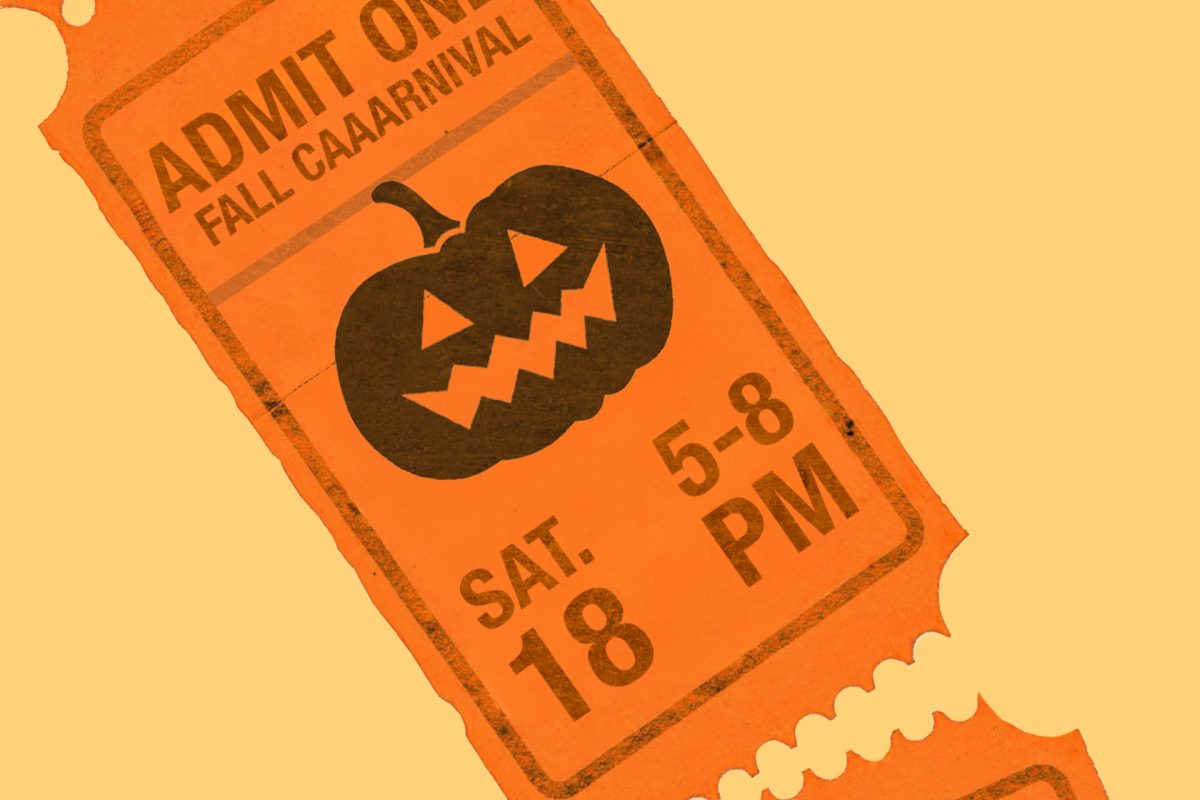“Fight, Tiger, fight for old Mizzou,” the student section cheers at football games as Truman the Tiger runs around. But when MU was founded in 1839, there wasn’t even a mascot to sing about. Fifty-one years later, when the university established its football team in 1890, the athletics department adopted a mascot: the tiger.
This animal wasn’t pulled out of the blue, though. During the Civil War, Missouri’s border-state status had its citizens in chaos. There were Confederate sympathizers, but the majority of the state decided to remain in the Union; a unionist government was set up in 1861. Toward the end of the war, as the Confederacy weakened, guerrilla groups sprang up in the Missouri countryside to fight for the South. This guerrilla warfare completely destroyed towns and their citizens. Columbia was threatened, and a group of about 120 citizens banded together and formed the Missouri Tigers to fight against the guerrilla groups. It is said that this group made such an intimidating impression on a guerrilla group that they passed over the city entirely.
That same fierce, fighting spirit is embodied in the Mizzou mascot today. But that embodiment has changed quite a bit over Mizzou’s 120 years of having a mascot.
The [student mascot](http://muarchives.missouri.edu/exh_tigers.html) can be traced back to the 1940s, when the costume consisted of yellow fabric with painted-on black stripes and a paper-mache tiger head to top it off. The university didn’t expect the tiger mascot to have a set, consistent look, since there were plenty of varying heads: tigers smiling with their tongues out or scary, ruthless tiger faces. There was also a female tiger, complete with an apron, Li’l Tiger, which would accompany the male tiger, Big Tiger. This duo was seen until 1981.
The tiger didn’t even get his current name until 1984. The Mizzou cheerleaders hosted a “Name the Tiger” competition to raise money for a carrying case for the mascot suit. Anyone who wanted to put their entry in had to pay a dollar. The name Truman won, after the only Missouri-born president, Harry S Truman. Truman the Tiger as we know him today didn’t make his first appearance until a football game in 1986.
The tiger logo also has an illustrious history. Like the mascot, there wasn’t an official tiger on paper for quite some time. Actually, Mizzou had a cartoonist from the St. Louis Post-Dispatch draw the covers of [football game programs](http://muarchives.missouri.edu/exh_tigers.html) with tigers on them for about 30 years, for which he had artistic freedom. Charles Schulz even got a take on the tiger — a _Peanuts_ version that ran in the 1956 Homecoming edition of The Maneater.
But there was a slew of different tigers. One that still appears on Mizzou clothing, the tiger wearing a cap, originated in the early 1960s. The next tiger, which appeared in the late ’70s, became the first standard university tiger, and it was one that most commonly appeared leaping over the word “MIZZOU.” It had a large head with a fluffy mane and its long canines bared. This was the beginning of the university’s trademarked tiger.
“Basically, to trademark something you just have to use it to represent your company,” MU Licensing Director Sonja Derboven said. “You can actually federally register your trademark, so you have rights within the trademark, but if you take it and federally register it through the [United States Patent and Trademark Office] then you have a federal registration, which gives you a lot more protections than just a trademark.”
All of the university’s logos are trademarked, but they are not all federally registered. A federal register lasts for 10 years; the university has an outside counsel that keeps all of the federally registered symbols up to date and helps with the paperwork. Right now, the licensing office is working on federally registering Truman the Tiger’s [head](https://s-media-cache-ak0.pinimg.com/236x/10/78/ab/1078abcdb62147570b148fca044017a7.jpg).
Truman also has a lot of different personas, such as [doctor Truman](http://medicine.missouri.edu/toolbox/images/logos/DocTruman.jpg) and [student Truman](http://muarchives.missouri.edu/images/exh_tigers/SMALL_MizzouMagazine_Fall2003_Truman_Notebook.jpg).
“About two years ago, we overhauled a lot of our [graphic identity standards](http://identity.missouri.edu/graphic-identity-standards/index.php),” MU Brand Manager Allison VanSciver said. “Before two years ago, the rules were very loose, not well-defined… We’ve really tried to pull [all the Trumans] in and make sure we know what all of the versions are and when they’re being used.”
Outside of Truman, MU also works with other logos. In the 1990s, the university thought it was time to move on from the leaping tiger, so Busch Creative Services of St. Louis drew up a new logo that found its place in the athletics department. Busch created a tiger head that was centered in the middle of an “M”. Even though the tiger head inside the “M” isn’t used as much anymore, the [tiger head itself](http://identity.missouri.edu/graphic-identity-standards/2-other-university-marks/2.2-tiger-head.php) has remained one of the registered logos. The [athletics department](http://identity.missouri.edu/graphic-identity-standards/2-other-university-marks/2.3-athletics-marks.php) uses it, now encased in an oval, which was updated sometime in the late 1990s to early 2000s.
The academic logo, the [stacked “MU”](http://identity.missouri.edu/graphic-identity-standards/1-the-mizzou-logo/1.2-stacked-mu-logo.php), has been around since the 1980s, and doesn’t have a clear origin story.
Although MU has seen a lot of change throughout its history, there aren’t any plans for a logo change anytime soon, VanSciver and Derboven said.
_Edited by Katherine White | [email protected]_







